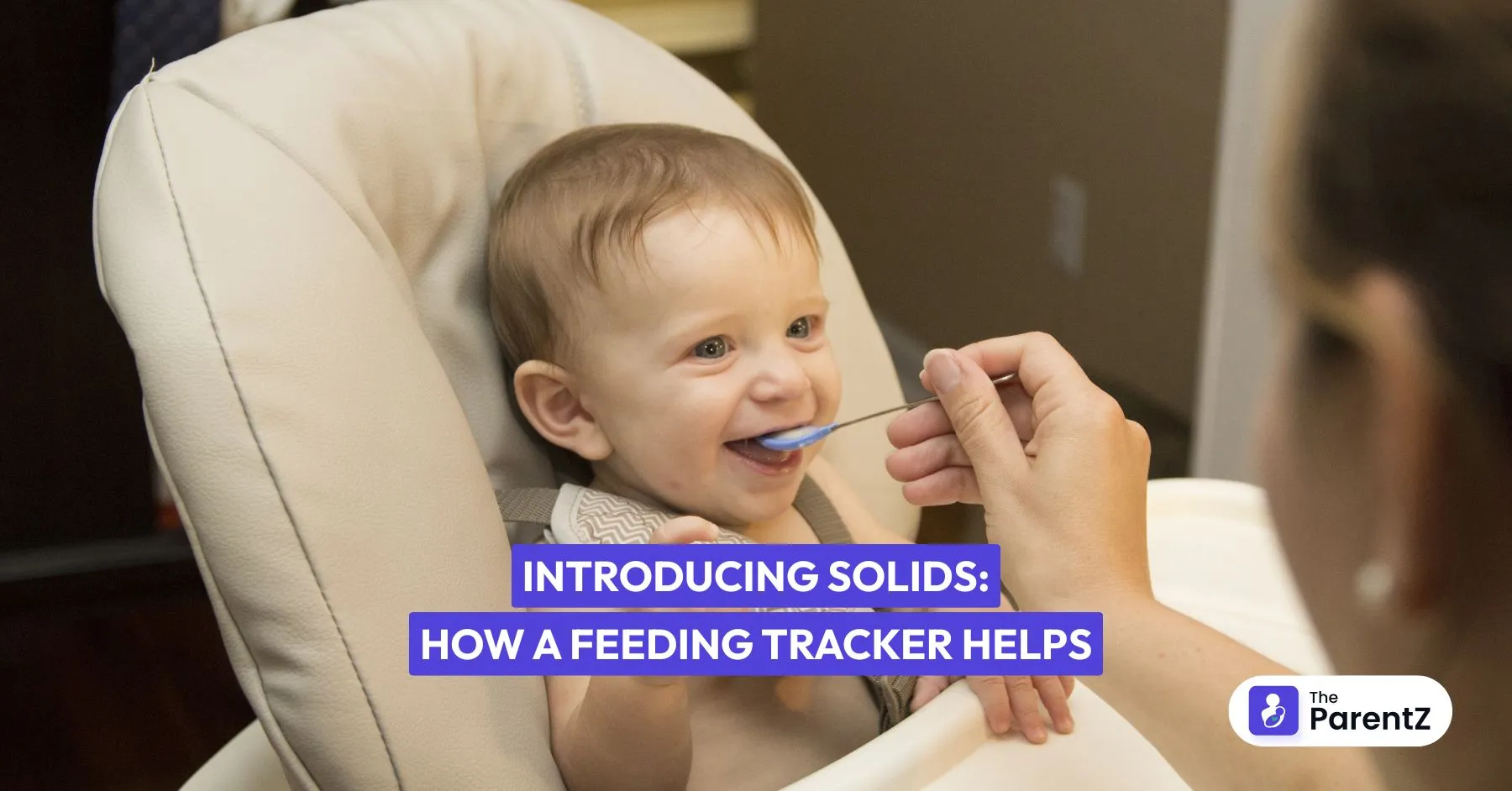If you’re about to start your baby on solids (or just have), congratulations! This is a huge milestone, not just for your baby, but for you too. For many parents, introducing new foods brings a mix of excitement, worry, questions, and (let’s be honest) a bit of mess. Is my baby ready? What food first? How do I track what’s working and what’s not? You’re not alone in wondering all these things.
Here’s the good news: A feeding tracker can be your secret weapon. Think of it as a friendly assistant by your side, helping you make sure your baby’s first foods are safe, fun, and well-remembered.
When Is Your Baby Ready for Solids?
Every baby’s timeline is a little different, but most are ready for pureed or mashed foods around 6 months. Look for signs like:
- Sitting up (with or without support)
- Good head and neck control
- Showing interest in your food
- Able to open the mouth when offered a spoon
- Moving food to the back of their tongue and swallowing, not just pushing it out
Don’t stress if your baby takes a couple of extra weeks; readiness isn’t about the calendar, but about these little milestones.
How to Start: Foods, Texture, Safety
You don’t need to follow a super-strict order, but here are some pointers:
Foods to Offer:
- Iron-fortified infant cereals
- Pureed or soft-cooked fruits and vegetables
- Mashed meats, poultry, or beans
- Yogurt and cheese (after 6 months, before 12 months)
- Grains and soft breads
Try to mix up the colors and types of foods each week to offer a range of nutrients.
Choking Hazards to Watch Out For:
Skip anything round, hard, sticky, chunky, or chewy—like whole grapes, hot dogs, popcorn, big globs of nut butter, or chunks of raw veggies.
Allergies: Introducing Common Culprits
Yes, you can introduce common allergens (peanut, egg, dairy) as first foods, waiting 3–5 days between new ones. If severe eczema or a known allergy exists, talk with your pediatrician first.
Textures:
- Start with smooth purees and mashed foods, gradually progressing to thicker textures as your baby learns.
- Expect some gagging, coughing, or spitting—it's a normal part of learning! If your baby seems distressed or struggles to breathe, always seek help.
Why Use a Feeding Tracker for Solids?
A feeding tracker isn't just an extra step; it’s a supportive partner in your feeding journey.
1. Spotting Allergies and Sensitivities
Log each new food, the time introduced, and your baby’s reactions. If a rash, tummy trouble, or other symptoms show up, you can easily find the culprit and pause before adding more new foods.
2. Managing Food Variety and Balance
A good tracker lets you:
- See what you've served in recent days (great for memory lapses!).
- Ensure a balance of grains, proteins, fruits, and veggies.
- Catch favorites and keep challenging non-favorites (it can take 10+ tries for babies to love a new food!).
3. Understanding Changes in Diapers and Digestion
Poop changes with solids, colors, textures, and even smells become more “grown-up. A tracker helps you notice what’s normal and connects new foods to potential gassiness, constipation, or diarrhea.
4. Supporting Shared Parenting and Care
If grandparents, nannies, or partners help with care, shared logs mean consistency and clear communication, no double servings of “first peanut!”
5. Smoothing Healthcare Visits
When your doctor asks, “What foods have you tried?” you’ll have instant answers and patterns to share.
How a Tracker Makes Your Life Easier: Real-Life Examples
- Sets allergy check reminders: Wait 3–5 days after each new food and the tracker nudges you before starting something new.
- Syncs care: Anyone feeding your child knows what’s safe, what’s a first, and how your baby reacted.
- Links feeding and growth: Changes in appetite, sleep, or growth are easier to connect with diet info right at hand.
- Offers recipes and plans: Tools like TheParentZ Baby Growth & Health Tracker include age-appropriate recipes, adjustable diet plans, and guides for introducing new foods confidently.
Pro Tracker Tips
- Start tracking from day one of solids—date, food, portion, and baby’s reaction.
- Keep notes about mood and sleep if you notice day-to-day changes.
- Snap photos of first reactions (“I hated broccoli!”).
- Let your tracker nudge you: set reminders for new foods, breakfasts, or check-in reports before doctor visits.
- Don’t worry if you miss a log; just start again when you can.
Conclusion
Introducing solids is a big parenting milestone, so bring some peace of mind to the process. Track enough to help, skip what adds stress, and savor each messy, silly, wonderful first. With a simple feeding log on your side, you’re ready to watch your baby grow in body, curiosity, and joy (one bite at a time).
You’ve got this.








Be the first one to comment on this story.